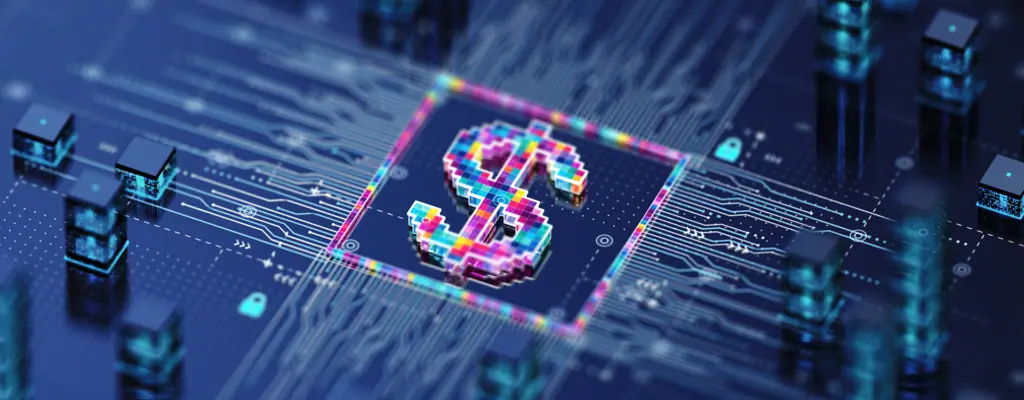When it comes to generative artificial intelligence (GenAI), the prevailing attitude among some bankers is that they’re comfortable with AI but not so sure about GenAI.
This mindset isn’t surprising given that the banking industry can sometimes be slow to adopt new technologies, but financial institutions that hesitate on GenAI are leaving money on the table and will find themselves in the minority. Not only do a majority of banking decision-makers believe that GenAI will be used by more than half of financial institutions by 2030, but McKinsey & Co. estimates that GenAI has the potential to deliver between $200 and $340 billion to banks annually — largely from increased productivity.
Before going any further, let’s define GenAI.
GenAI is a subset of AI technologies designed to create new content, ideas or data that resemble or enhance original human-generated work. Unlike other forms of AI, GenAI produces content based on prompts and directions from a person.
The Current Role of GenAI in Banking
Just because GenAI produces output that mimics that of humans doesn’t mean it’s going to replace them. GenAI is more akin to advanced prosthetic limbs that restore or enhance human capabilities than fully autonomous androids that function independently.
Currently, GenAI in banking is primarily used in the back office where it can easily and effectively integrate with simpler workflows. The technology is often focused on automating critical but repetitive processes, including fraud detection, security and loan origination and enhancing the automated customer service experience. GenAI is already driving efficiency and, as McKinsey pointed out, increased productivity is the primary way it will deliver those billion- dollar returns.
How GenAI Can Make a Significant Impact in the Banking Industry
GenAI could be the most substantial technology shift in our lifetimes, and it has limitless potential. In the short term, it’s making immediate and substantial impacts in four primary ways:
1. Driving strategic growth. According to the McKinsey report, corporate and retail banking have the most to gain from the appropriate deployment of GenAI, with projected gains of $56 billion and $54 billion, respectively.
2. Powering operational efficiency. In its Banking on AI | Banking Top 10 Trends for 2024 report, Accenture identified banking as the industry most likely to be profoundly impacted by GenAI and the industry with the greatest potential of all industries to boost output with the technology, with 34% of current workflows ripe for GenAI enhancement.
3. Leveling the playing field between larger and smaller institutions. Earlier this year, Q2 Executive Fellow Carl Ryden wrote an article about the reluctance of small financial institutions to integrate GenAI into their ecosystems. Though many believe that the biggest players are not utilizing the full potential of GenAI, that doesn’t mean small institutions can afford to sit on the sidelines, particularly since it has the potential to put them on equal footing.
4. Delivering Collective Intelligence. Collective intelligence is the body of knowledge that grows from a group or within an institution. GenAI takes harnessing the power of collective intelligence to a higher level through its sophisticated analyzation abilities.
A Word About Ethics and Regulations
One reason the leaders of community banks and credit unions are reluctant to embrace GenAI is a concern about compliance. While it’s true that the regulatory landscape is shifting and scrutiny is coming from numerous directions, this doesn’t mean that smaller financial institutions shouldn’t embrace the technology.
The key is to establish ethical AI practices, which begins with understanding your institution’s risk tolerance, establishing ethical and governance frameworks and preparing for regulatory and compliance agreements. A critical aspect of this undertaking is establishing an ethical culture and holding your organization to a higher standard than the bare minimum expected from regulators.
Not only is this good business practice, but it will help accelerate the beneficial outcomes your financial institution can achieve with GenAI.
Now is the time for community banks and credit unions to get off the sidelines and leverage the power of GenAI. The winners will be the banks and credit unions that are starting to strategize for the future but are now focusing early investments on high-potential and lower-risk applications.




